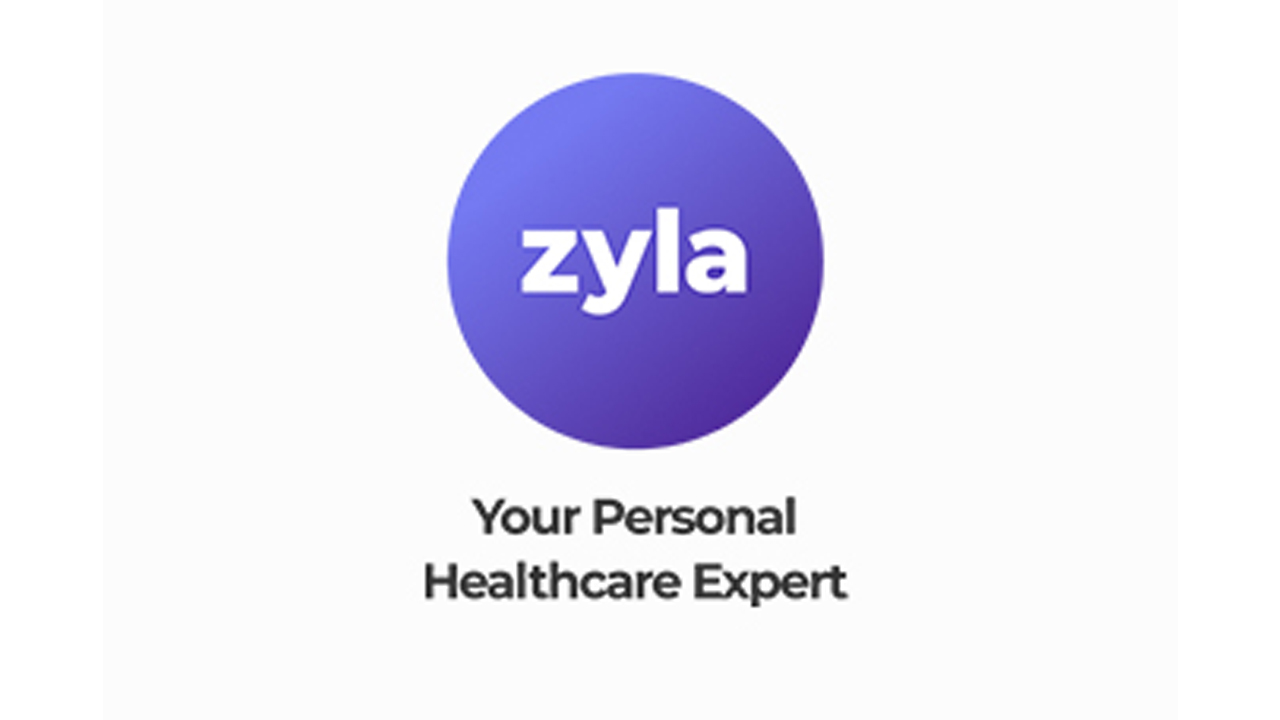Indian healthcare infrastructure is designed to support the acute diseases more than chronic ones. Chronic diseases require personalised and long-term monitoring to effectively lower the associated risks. For instance, in the case of chronic diseases like diabetes, 80% of patients can face an untimely death if proper monitoring is not provided. Such chronic patients have to spend anywhere between Rs 15,000 to Rs 50,000 annually out of their own pockets to get the proper care. And if unfortunately, someone has diabetes with complications, then the cost increases further by 4x.
With a background in pharmacy and MBA, Khushboo Aggarwal, is a seasoned professional with over a decade long experience in healthcare consultancy with firms like Deloitte and Monitor Group. She has even worked with pharmacy companies by launching their products and with insurance companies for patient engagement space.
Her experience has made her realise the importance of ‘value-based care’ over ‘volume-based care’. So to tackle chronic care with value, she launched Zyla Health in 2017.
Zyla Health started with diabetes management and slowly expanded into other conditions affecting the liver, heart, kidneys, blood pressure, cholesterol and more. They zoomed in on the major health issues faced by women like PCOS, thyroid, osteoporosis, deficiencies, anaemia and more. In April 2021, they also launched their COVID Home Recover Plan that offers consultations with the specialist team full of doctors, nutritionists, therapists and more. It curated a team of specialists like doctors, therapists, physiotherapists and more.
Zyla Health has a bot named Zyla that uses machine learning and artificial intelligence to communicate organically with patients. This chatbox was sharpened due to their participation in Google Launchpad 2019. They have so far raised $1.2 million from Secocha Ventures and Kae Capital. Zyla Health has impacted the lives of over 1.5 lakh people from 595+ cities in India. Will they be able to reach their goal of impacting 10 million people by 2025?

 Khushboo Aggarwal's Zyla Health offers personalised and long-term monitoring to effectively lower the associated risks of chronic diseases.
Khushboo Aggarwal's Zyla Health offers personalised and long-term monitoring to effectively lower the associated risks of chronic diseases. 



















.jpeg)










.jpg)
.jpeg)